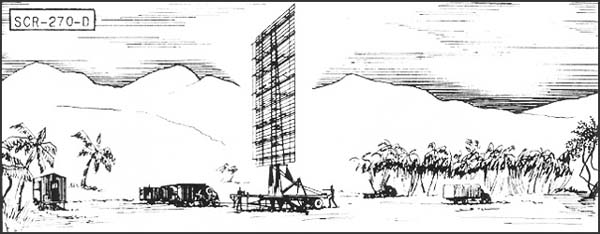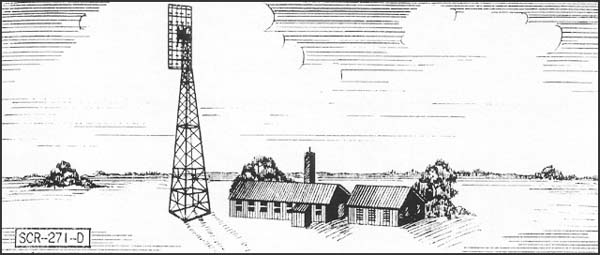
The Radar Site B-76 was located 21 miles west of Santa Rosa, in Sonoma County, California. The site was acquired for use as an air defense radar site. There were no documented improvements to the site; however, the permission letter by the State Park Commission, for 71 acres, did authorize improvements by the U.S. Army. The permits allowed the Army to enter, maneuver upon, pass over, fire, and bivouac or camp upon the 74 State Park land acres. The site was equipped with the SCR-270 radar set and was later replaced with the SCR-271 radar set. Information on file at the Sacramento District of the US Army Corps of Engineers show that the site had three .50 caliber machine guns for air and perimeter defense. The operational area was camouflaged to look like a coastal farm. A surviving example this located at Trinidad Radar Site (B-74).
On 28 February 1946, the lease for 175.88 acres was terminated. On 28 December 1945 and 20 May 1947, the two use permits for 74 acres were terminated. Records do not indicate if there were any termination agreements in the lease. An attachment to the permit for three acres indicated that the permittee agreed to waive Notice of Cancellation and Restoration as required by the permit. The updated

| Altitude, feet | 1000 | 5000 | 20,000 | 25,000 |
| Range, miles | 20 | 50 | 100 | 110 |

| Altitude, feet | 1000 | 5000 | 20,000 | 25,000 |
| SCR-271-E Range, miles | 20 | 50 | 100 | 110 |
| SCR-271-D Range, miles | 25 | 60 | 120 | 135 |